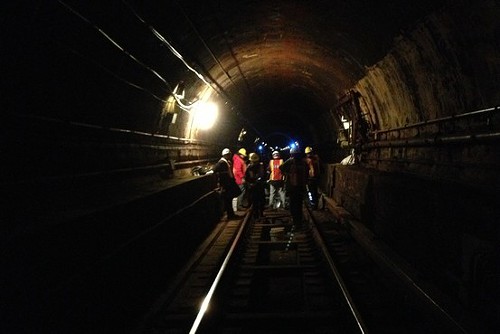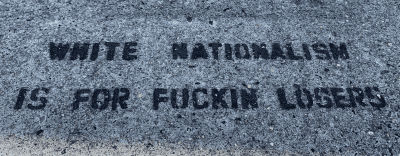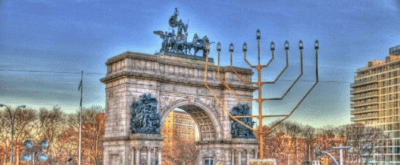MTA to West Brooklyn: Drop Dead!


Such was (more or less) the headline of a press release issued yesterday by Bay Ridge Councilmember Vincent Gentile, assailing the MTA for announcing, without warning even to local political leaders, that for more than a year it would close the tunnel that brings the R train into Manhattan beginning in August, splitting the route in two sections: one in Brooklyn, one in Manhattan/Queens. The reaction from Bay Ridge residents, whose only subway option is the R, was immediate and furious. “I’m just going to stay the hell out of Manhattan for a year,” wrote one, to lots of agreement. Not everyone has that luxury, but even so—is this plan really so inconvenient?
“This is absolutely outrageous!,” Gentile fumed [the language of the press release]. “It’s hard enough as it is for residents of South Brooklyn”—he means southern Brooklyn, where his constituents live—”who travel to Manhattan each day via public transportation—closing a main artery for over a year is just unacceptable. To say this will painfully impact people all along Brooklyn’s 4th Avenue corridor—who are already hurting from a lack of reliable public transit—would be the understatement of the year.”
The people most affected are those who live along the R line in Brooklyn and work in lower Manhattan, south of Canal (or even south of City Hall for people able to walk?): for them, this totally sucks, and they have every right to be exasperated by the added commute time it’ll take to transfer to express trains and then connect to southbound locals.
But how many people does that describe? (UPDATE: 35,000 people a day, reports the Wall Street Journal.) Most people commuting into Manhattan transfer to the N, D or Q trains, and travel into the city over the Manhattan Bridge; those people wouldn’t be affected, except by the extra commuters at connections. “36th Street will be a nightmare!” one person suggested. That might be true; it might not. For some of us, the plan might even actually be beneficial: on weekends, the R will travel over the bridge from Canal to DeKalb, the Wall Street Journal reported, effectively making it an N train that goes to Bay Ridge.
The MTA says it has to close the tunnel because of damage from Sandy that was never fully addressed. “Few parts of the system were as badly damaged as the R train’s tunnel,” the Times reported. “Service did not return between Brooklyn Heights and Lower Manhattan until late December… More than 4,000 feet in the tunnel flooded, the authority said, and crews pumped out 27 million gallons of water. The electrical and signal systems had to be rebuilt almost from scratch.”
You might also like 




















